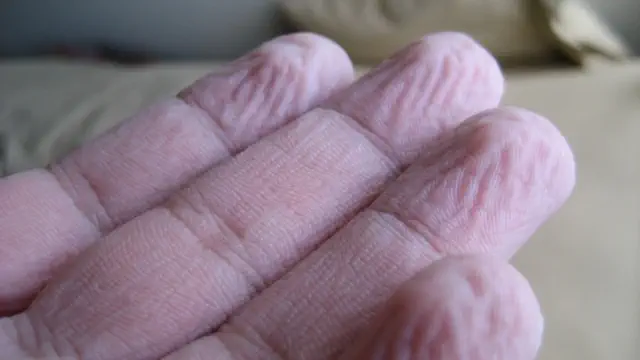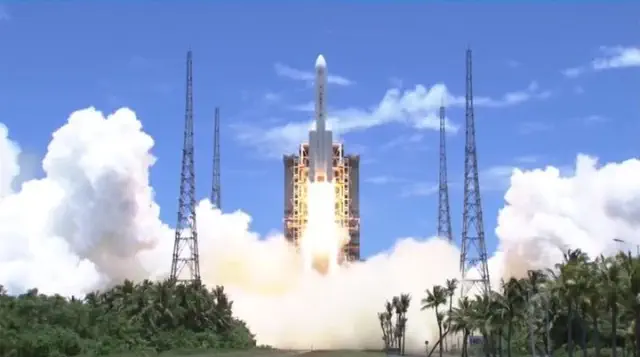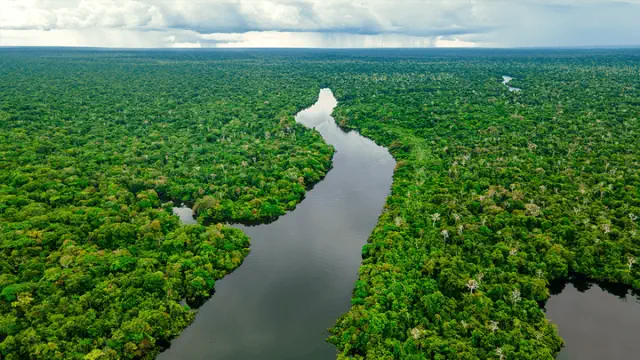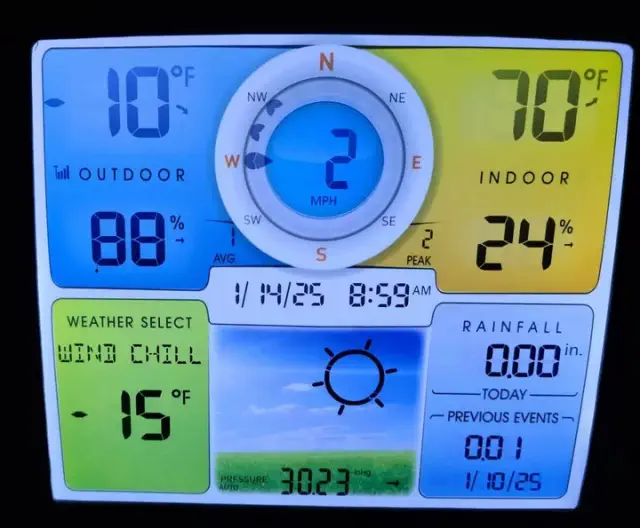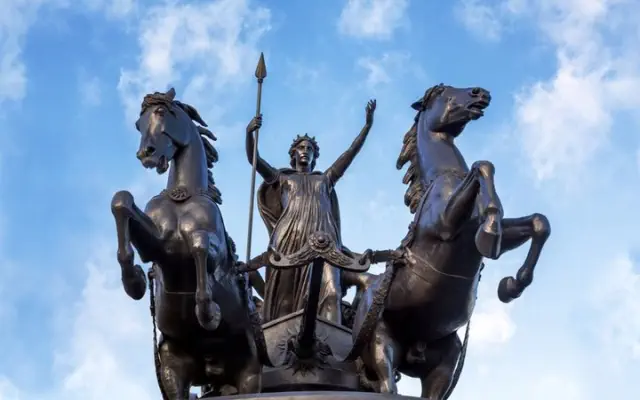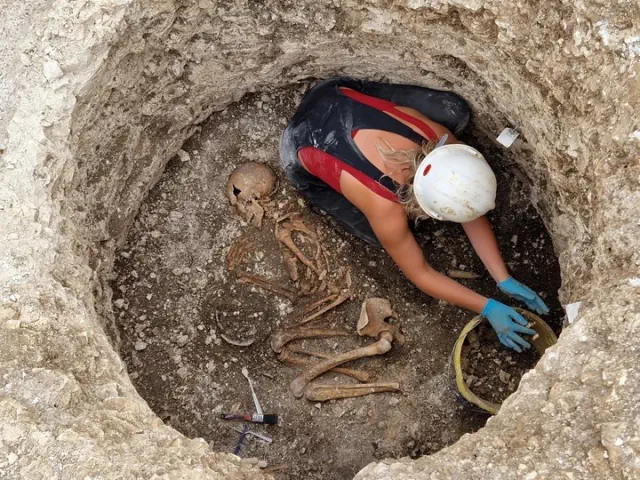In 2008, scientists analyzed satellite imagery of grazing cows and discovered something rather surprising.
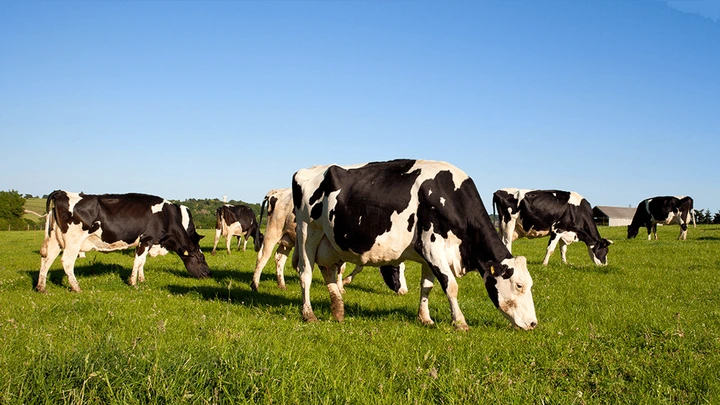
View pictures in App save up to 80% data.
In 2008, a group of researchers examining deer and cattle made an intriguing discovery. They observed that both species, whether grazing or at rest, tend to orient their bodies along the north-south axis.
"Farmers and attentive nature and countryside observers know that most cattle and sheep, when grazing, face the same way," the team explained in their study. "The farmers’ wisdom and experience indicate that cattle face into the wind, whereas sheep face away from the wind; the animals expose the maximum body surface area to the sun when sun basking in cold but sunny times of the day."
Although it is known that these animals often orient themselves in a specific direction while grazing, there has been limited scientific research into the reasons behind this behavior. In their investigation, the research team examined Google Earth satellite images capturing cows grazing globally, observed roe deer during their grazing and resting periods, and studied the body imprints left in the snow by red and roe deer. While they tried to consider elements like wind direction and the Sun's position in the sky, the researchers ultimately discovered that all these animals consistently aligned themselves along the magnetic north/south axis in statistically significant proportions.
"The team stated, 'Since climatic elements such as wind, sunlight, or temperature do not seem to be prevalent directional influences that account for the widespread alignment, we deduce that the magnetic field is the sole and most probable factor responsible for the observed orientation.' They further added, 'Our examination of cattle in areas with naturally high positive and negative declinations offers compelling evidence supporting the notion that the Earth's magnetic field serves as the guiding signal.'"
Though a strange result, it's not entirely out of the realms of possibility. Some animals, generally smaller than cows and deer, have been shown to have magnetoreception, or the ability to perceive the Earth's magnetic fields. In fact, it's surprisingly common, and particularly useful in migratory birds, likely aiding navigation.
In a subsequent investigation, the researchers suspected they had discovered indications that "orientation behavior" might be interfered with by the extremely low-frequency magnetic fields produced by high-voltage power lines.
The team emphasized that the exact mechanism behind the orientation behavior remains unclear, although there are several hypotheses.
"For instance, the radical pair hypothesis proposes an intimate coupling of magnetic sensing with vision. According to this hypothesis, magnetic fields are perceived as visual patterns, which are dependent on both field direction and intensity," the team wrote in their study. "Thus, it is conceivable that the oscillations of the direction and intensity resulting from the [Earth's magnetic field] and [alternating magnetic field] interaction may blur magnetically modulated visual patterns and, in turn, compromise or disrupt magnetic compass orientation."
Although the concept is intriguing, it might be premature to discard your compass in exchange for a more entertaining cow compass. A recent investigation involving 34 cows, which had powerful neodymium magnets affixed to their collars, revealed that these animals exhibited no noticeable directional preference, regardless of whether they were equipped with the magnets. Additionally, the study included 2,428 daytime observations of 659 resting cattle in Portugal, conducted at times excluding the hottest parts of the day, and concluded that the cows tended to prefer facing southeast.
The team suggests that instead of having magnetoreception, the phenomenon is more related to the position of the Sun. They conclude that earlier research might have been biased due to the reliance on Google Earth images captured on clear, sunny days.
"We found a significant correlation between the animal’s orientation and the direction of the sun, minimizing sun radiation on the animal’s body, similar to what was observed in horses," the team wrote in their discussion. "Indeed, if most views were made on cloudless sunny days, then the animals were possibly reducing their body exposure to the sun. We thus believe that the cattle’s reported south-north alignment observed in earlier studies could perhaps, at least in part, be attributed to thermoregulation, possibly overriding a magnetic alignment. Similar sun-reducing behaviour has been observed in springbok and in black wildebeest, and was demonstrated to be linked to thermoregulation in those studies."
In summary, additional and more detailed research might be required to understand the reasons behind cows' tendency to align themselves while grazing and resting. For now, it's best not to rely on them as a substitute for a compass.
